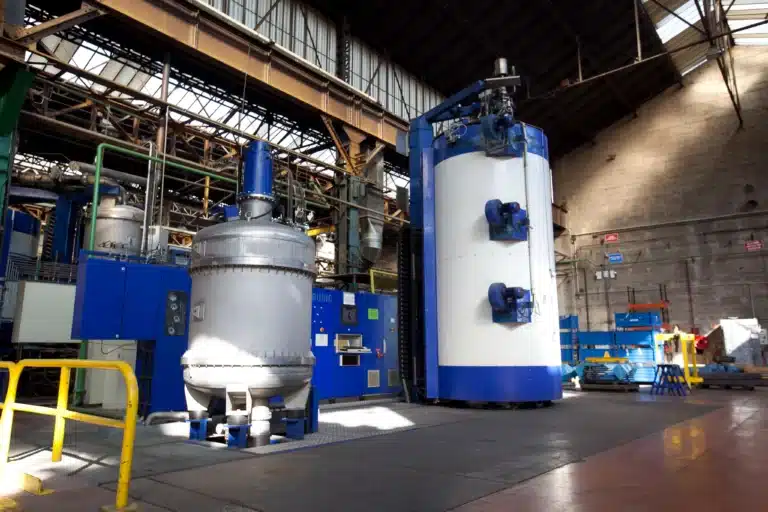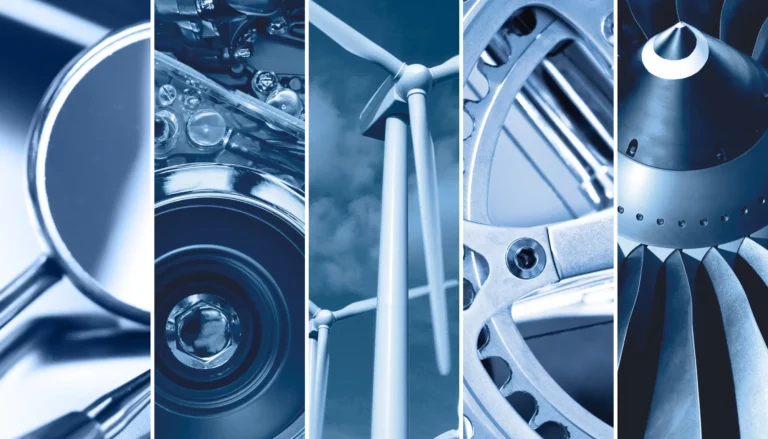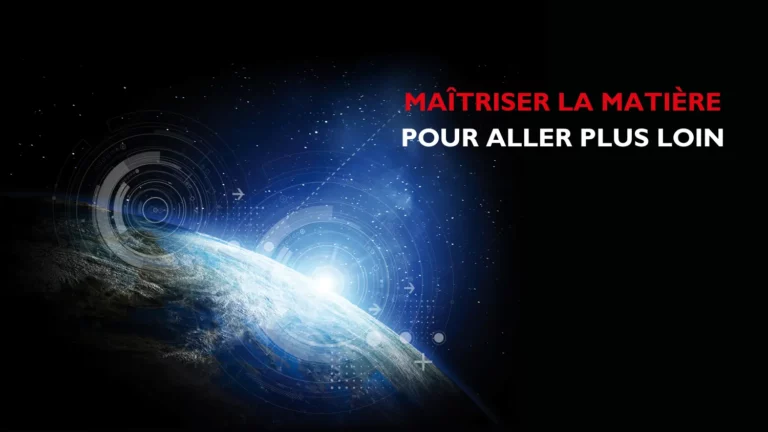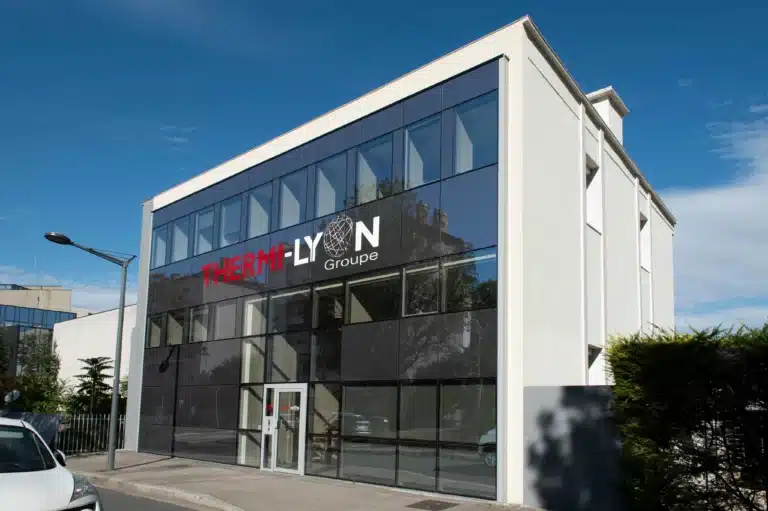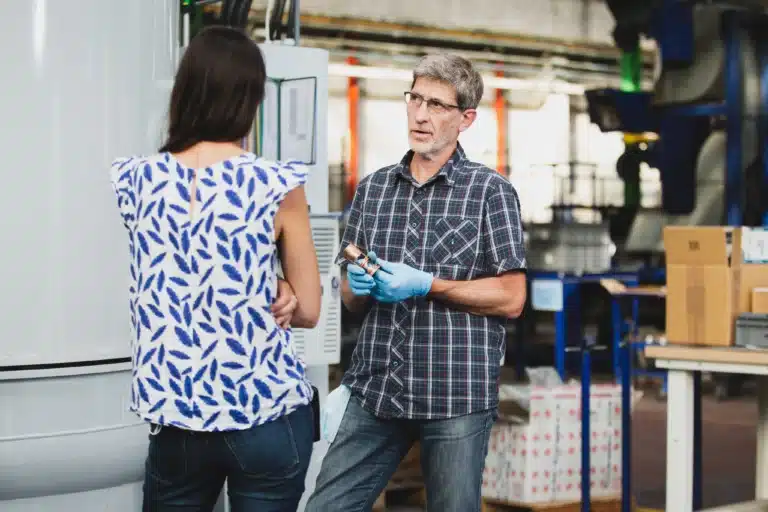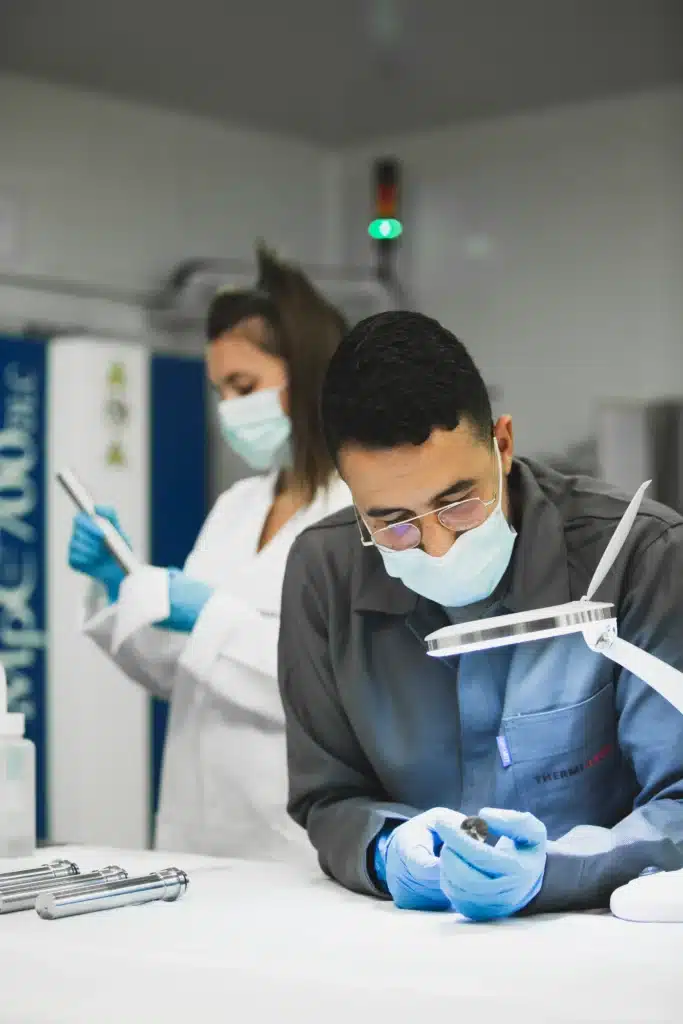Case-hardening and nitriding are two thermochemical surface treatment methods used to increase the resistance of parts to wear and fatigue. Although they pursue the same objective, they do not apply in the same circumstances, and a careful analysis of the situation is essential before selecting one of these two processes. Treatment temperature, diffusion speed, possible deformations: several criteria come into play when choosing which technique to use.
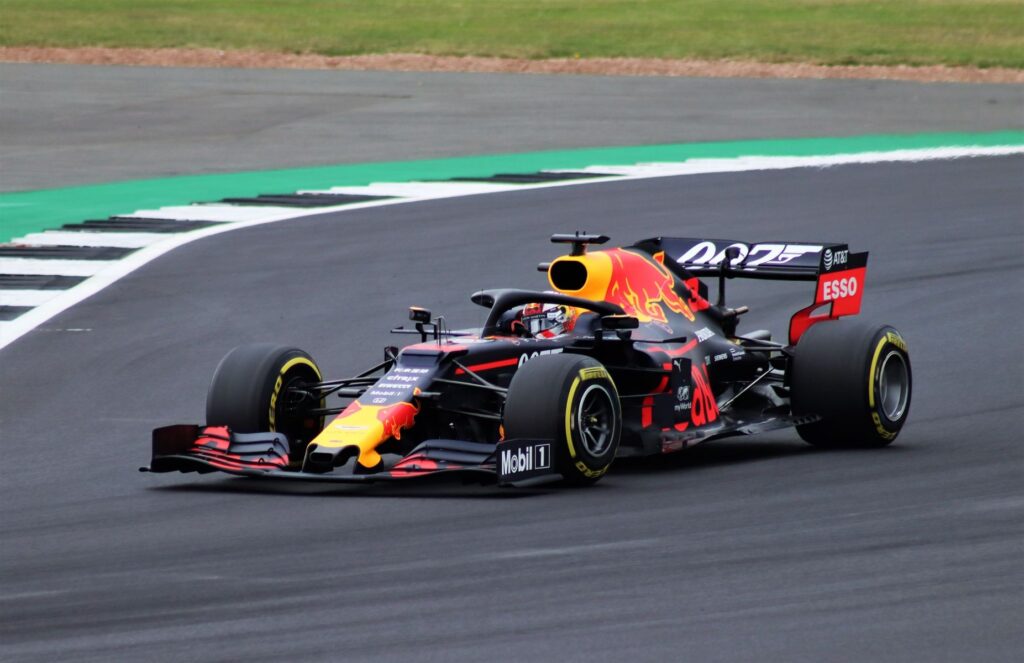
What are the differences between carburizing and nitriding?
Case hardening is the diffusion of carbon onto the surface of a metal part to make it more resistant to wear. This process takes place at a high temperature, between 900 and 1,000 degrees, and benefits from a very rapid diffusion rate. The diffusion layer thus produced beneath the steel surface can be up to 2 mm deep. The main disadvantage of this method arises during the cooling phase: the part may be deformed by the thermal shock. Case-hardening can therefore improve mechanical strength at greater depths, but sometimes causes deformation that requires reworking, for example. Depending on the configuration of the parts and the steel grade chosen, hardening can be carried out under neutral gas (nitrogen) and vacuum instead of oil. Under these conditions, the deformations generated during quenching can be significantly reduced.
Nitriding is a nitrogen-based treatment. The temperature required is between 500 and 550 degrees Celsius, and is therefore lower. As a result, diffusion of the protective layer is slower and, above all, shallower. Nitriding can only penetrate a few tenths of a millimeter into the workpiece. On the other hand, under certain conditions, this method does not deform the part after treatment.
Two selection criteria
These two heat treatment processes correspond to different starting points. Although they both serve to improve the strength of metal parts, they cannot be applied at random, and the choice of carburizing or nitriding actually depends on two very specific criteria.
Hertz constraint
The first factor to analyze when selecting a carburizing or nitriding treatment is the depth of the diffusion layer to be applied. The Hertz stress must then be studied: this calculation identifies the distribution of surface stresses and sub-layer stresses during contact between the parts. Thus, if the stress is applied between 1 and 2 mm deep on the part (critical stress), case-hardening is the best choice. On the other hand, if the stress is shallower and only reaches a few tenths or hundredths of a millimeter, nitriding may suffice.
Economic dimension
Case-hardening is sometimes the ideal option, but it should be borne in mind that this technique can be more costly, due to the need to re-machine parts. The process then involves several stages and becomes not only more expensive, but also more time-consuming. This choice therefore implies a higher budget than nitriding, which does not have such consequences.
Thermi-Lyon, a specialist in vacuum treatment and nitrocarburizing for 60 years, can help you add value to your products.
